This is my appointment collection:
{ _id: ObjectId("518ee0bc9be1909012000002"), date: ISODate("2013-05-13T22:00:00Z"), patient:ObjectId("518ee0bc9be1909012000002") }
{ _id: ObjectId("518ee0bc9be1909012000002"), date: ISODate("2013-05-13T22:00:00Z"), patient:ObjectId("518ee0bc9be1909012000002") }
{ _id: ObjectId("518ee0bc9be1909012000002"), date: ISODate("2013-05-13T22:00:00Z"), patient:ObjectId("518ee0bc9be1909012000002") }
I used aggregate to get the following result
{date: ISODate("2013-05-13T22:00:00Z"),
patients:[ObjectId("518ee0bc9be1909012000002"),ObjectId("518ee0bc9be1909012000002"),ObjectId("518ee0bc9be1909012000002")] }
like this:
Appointments.aggregate([
{$group: {_id: '$date', patients: {$push: '$patient'}}},
{$project: {date: '$_id', patients: 1, _id: 0}}
], ...)
How can I populate the patient document
I trued this but it doesn't work ... Appointments.find({}).populate("patient").aggregate....
In other words, can i use populate and aggregate at the same statement
any help please
